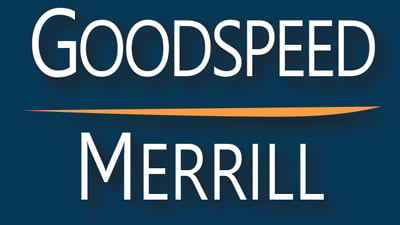Branding is an important part of developing a successful business. A trademark can play an important role in a business’s brand by standing in as a representation of the company. Consumers learn to identify a company’s trademark and may seek it out because they trust in the quality of products and services associated with the brand.
Creative works ranging from illustrations and jingles to humorous advertising videos can also help establish a company’s brand. Organizations invest quite a bit in the production of original creative marketing works and company trademarks. Others could rapidly undermine the work of establishing a brand by infringing on a company’s trademark or copyrighted creations.
What should business executives do after uncovering warning signs of copyright or trademark infringement?
Document the violation
Many modern intellectual property rights violations occur digitally. The parties infringing on another company’s trademark or copyright protections can very quickly hide the evidence of those violations by removing products from retail sites or deleting old social media content. While such hidden content is sometimes accessible through thorough digital research, gathering proof of infringement as it occurs can make it easier to hold the infringing party accountable for their actions.
Identify and warn the infringing party
Once a business realizes that copyright infringement has occurred, it is typically necessary to send formal notice to the infringing party to cease their activity. Sometimes, is necessary to get information from internet service providers or other third parties to successfully identify who is to blame for trademark or copyright infringement. Sending an official written notice to the party misusing a trademark or republishing copyrighted materials is an important step for the business protecting its intellectual property rights.
Formalize intellectual property protection
If a company has not officially registered a copyright, it may still have copyright in general protection due to publishing original works. The enforcement process often entails converting general copyright obtained through publication to formal copyright protection secured through registration with the United States Copyright Office. Often, a trademark requires prior registration with the United States Patent and Trademark Office for enforcement to be an option.
Pursue legal action
Taking a party that infringes on intellectual property protections to court is a reasonable reaction. Particularly if the infringement continues after sending formal notice, legal action may be the only way to protect a company’s brand and trademark against the misconduct of outside parties. An intellectual property enforcement lawsuit could lead to compensation for losses related to the violation. The courts could also officially instruct the offending party to cease misusing copyrighted or materials or a company trademark.
Knowing how to react to an intellectual property violation is crucial for organizations that have invested in branding efforts. Intellectual property protections generally favor those who proactively monitor for and assertively respond to intellectual property violations.
